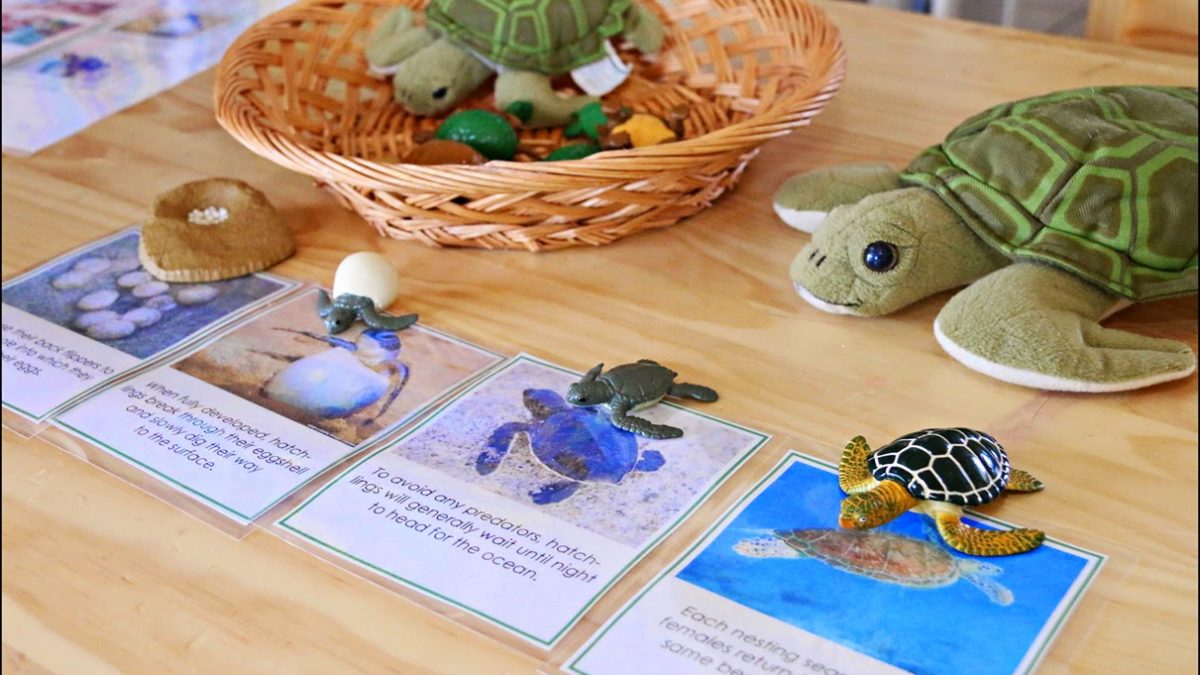Turtles are a number of the oldest reptiles, with the earliest one’s relationship returned to about 215 million years. About three hundred exclusive turtle species exist, unfolding all around the world. Research on fossilized stays has found that those creatures predate the snakes and lizards. They are one of the most ancient reptiles.
About Turtles
Turtles are reptiles characterized by utilizing their cartilaginous or bony shell, which acts as their protection mechanism. The surface develops in their ribs and grows to cool their whole bodies, except for the limbs and head. They are ectotherms or bloodless-blooded creatures manipulating their body temperature via external sources. They can settle their neck and legs and internal their shells to guard themselves against any hazard.
This super defense mechanism is probably the motive turtles have survived extinction for thousands and thousands of years. They have keen night vision. An abundance of retinal rod cells allows them to be colored, imaginative, and prescient, and they can see at light wavelengths, starting from ultraviolet to crimson cease of the spectrum. They have a beak, and their jaws are used to bite food. They don’t have any teeth but horny ridges; rather, they cover their jaw.
Turtle sizes range from some inches to more than six feet. Their lifespan may be very long, and the oldest acknowledged have lived for over one hundred years. Research has found that their vital organs do not display many signs of aging, even if they reach a century. Their genome is currently being probed for clues about their longevity secrets.
Life Cycle
All turtles’ life cycles are comparable, even though their duration in each developmental degree can also vary. Their life is spent on land and water, as they are adapted for each medium. Most of them spend the majority of their life in water. Here is a brief outline.
READ MORE :
- The Numerous and Useful Advantages of the Internet in Education
- Hot Topic: Eleven Pros and Cons of Internet Regulation
- Bill Cosby’s legal professional says he’s involved in entertainer’s health
- The Texas Instruments ninety nine/4: World’s First 16-Bit Computer
- 7 Ways to Screw Up Your New Staffing Software
Stage 1: Eggs
Female turtles visit dry sandy seashores to put their eggs. They dig holes in the sand, lay their eggs, and cool them in the sand. It could lay one to approximately a hundred eggs, depending on the species. The eggs are mainly leathery and tender. They may be oblong or round, depending on the species.

The gender of the turtle hatched from the egg can depend upon the incubation temperature. This is called surroundings structured or temperature-dependent intercourse determination. In these species, low-temperature incubation surroundings result in male offspring, while high temperatures increase the girl’s probability of being bred. The incubation period of various species ranges from two weeks to as much as two to three months. The mom does not stay to shield or incubate the eggs; they are left to themselves.
Stage 2: Hatchlings
Once the incubation duration is over, the infant turtles or hatchlings emerge in their eggshells by breaking them using their egg teeth (a small bump on their nostril). Then, they squirm out of the sand and start shifting toward the sea as if programmed. This is the riskiest period of their lives as they’re hunted by crabs and birds all through their flight to the sea. In this preliminary level, the ones that continue to exist live out their youth in the ocean, devouring animals and plants to be counted within the coastal continental shelf regions. These years they spend foraging and maturing slowly into adulthood are normally called the lost years.
Stage 3: Adults
Depending on the species, it is probably about 3 to 5 years, after which the hatchlings attain sexual maturity and become women and men. Some species do not start reproducing till they’re twenty years of age. The person turtles may be herbivorous or carnivorous, depending on the species. In maximum species, men are larger than ladies and might have longer heads. They approach breeding regions at sexual adulthood and copulate. After breeding, males return to foraging areas while girls lay eggs on beaches, and records repeat themselves. After laying eggs, they go back to foraging regions. Females reproduce periodically. Thus, the circle of life for turtles continues.
Their life cycle is ordinary but distinct in lots of its factors from other reptiles. Most of their species populations are dwindling and face the hazard of extinction. The number one reasons are the human encroachment on nesting regions and being killed for meat and eggs. Efforts want to be undertaken to save you from the extinction of those high-quality creatures. It can most effectively take place while we discover ways to share this Earth with those creatures and prevent worrying about the stability of nature.

